In 2010 the Veterans Administration (VA) committed to a large system cultural transformation. The goal was for the healthcare system that serves Veterans to become more patient centered. From that charge, our team envisioned, created, and implemented Whole Health. How we approached this is a great illustration of the methods that Cornerstone is now building upon.
1. Learned from like-minded efforts across the system – many existed, most were siloed.
2. Leveraged partnerships with like-minded program offices and health systems.
3. Supported over 200 innovation grants for pilots; selected 8 Centers of Innovation (health systems) and 25 Design sites as Living Laboratories. This is where and how the Whole Health model was developed.
4. Used convenings to catalyze and cultivate leaders, nationally and locally. Initial national convening was called the New Directions Design Summit. Additional convenings were planned in regions across the country. Offered experiences and education in Whole Health.
5. Created Communities of Practice that created networks of people and organizations committed to this transformation to learn and align with each other.
We intentionally took a systems approach – addressing the clinical model, the research, the policies, the incentives. We were also certain to use top-down AND bottom-up strategies. Below is a timeline with some of the milestones along the way.
2011: Innovation Engine model created (using living laboratories and pilots to drive the transformation); 8 Centers of Innovation (COI’s) established, and launched innovation pilots (over 200 in total)
2012: New Directions Design Summit (convening of national and local thought leaders); Experiences and education offered to leaders and staff
2014: Living Laboratories (Centers of Innovation) and pilots evolve the model
2016: 25 Whole Health Design Sites launched; delivery model refined; aligned with Comprehensive Addiction and Recovery Act, Opioid Safety, Suicide Prevention, and Employee Health; Included in leadership performance measures
2017: Whole Health and Complementary and Integrative Health (CIH) services included in the Medical Benefits package and reimbursement system. Directive requiring all facilities to offer appropriate CIH
2018: 18 Health Systems launch the implementation of all aspects of the Whole Health Delivery System, total of 140 facilities advancing aspects of Whole Health; researched the implementation and outcomes
2019: Deployed detailed implementation guide, dashboard, and designation model; next 36 sites funded for full implementation
2020: Initial research outcomes from the 18 flagship health systems released
2021: Expanded offerings through tele-health and online resources
2022: System-wide focus on integrating Whole Health into routine Mental Health and Primary Care training and workflows; thousands of providers trained
2023: Publication of national Whole Health System Directive, defining required Whole Health services, positions, and training; NASEM (National Academies of Science, Engineering and Medicine) consensus study report calls for the nation to adopt Whole Health





